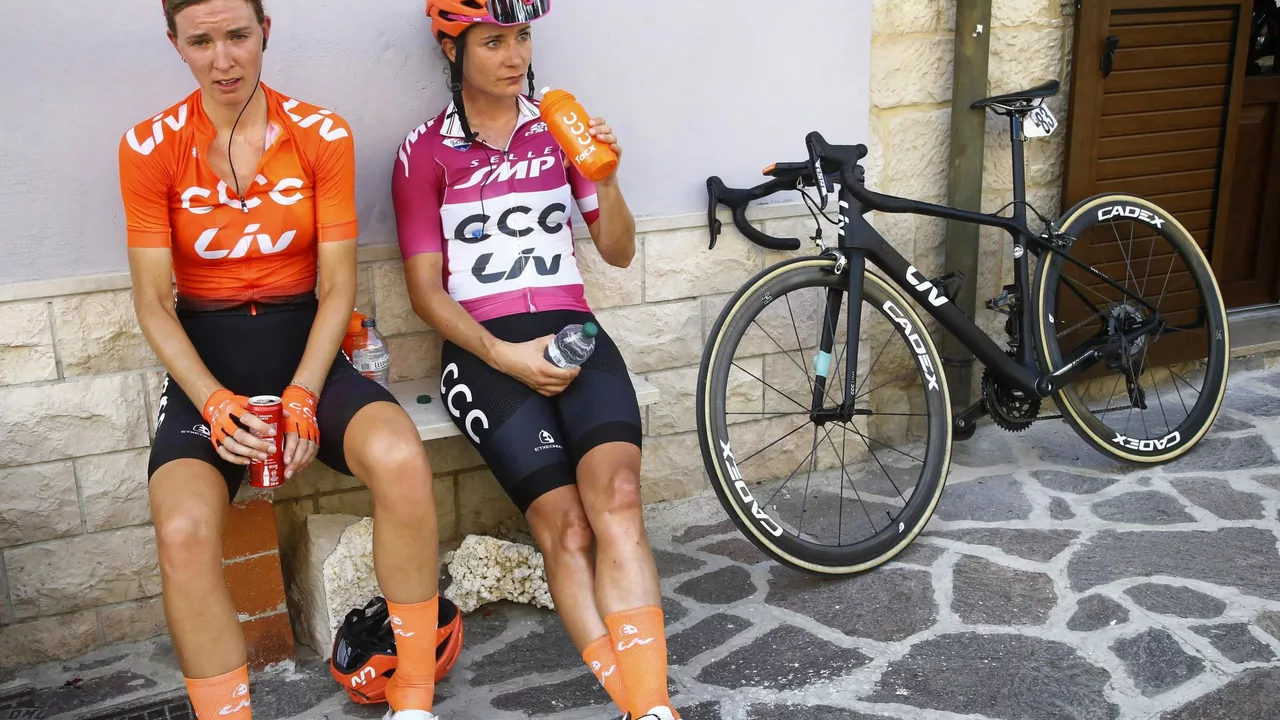SEARCH
Long Road Race Tips: Gear Up, Train Right, and Finish Strong
Ever wondered why some riders glide through a 200km race while you feel every hill? The truth is they follow a simple routine that anyone can copy. Below you’ll find the exact steps to boost your stamina, choose the right gear, and pace yourself so you cross the finish line feeling good.
Training Plan for the Long Road Race
First thing: build a base of steady rides. Aim for three long rides a week, each lasting 2–4 hours at a comfortable pace. Keep your heart rate in zone 2 – that’s the sweet spot where you burn fat without exhausting yourself. Add one interval day where you sprint for 5 minutes, recover for 5, and repeat four times. This mix of endurance and speed trains your muscles to handle long climbs and fast finishes.
Don’t forget recovery. After a hard ride, take a day off or do a light spin for 30 minutes. Stretch your hips, calves, and back – tight muscles make you lose power on the road. Nutrition matters too: eat a carb‑rich snack within 30 minutes of finishing a long ride to refill glycogen stores.
Race Day Gear and Pacing Secrets
Gear selection can make or break a long race. Choose a bike with a comfortable geometry – a slightly upright position reduces strain on your back and neck. Fit a wider tire (28‑32mm) for better grip and less rolling resistance on rough sections. Clipless pedals are worth it; they let you pull up as well as push, spreading the workload across more muscles.
Pacing is the real game changer. Start slower than you think you should. The first 20km are often a sprint for the crowd, but a conservative start saves energy for the later hills. Use a bike computer or a phone app to keep your average speed in the target range (usually 25‑28 km/h for a mixed‑terrain race). When you hit a climb, shift to a lower gear and keep a steady cadence of 80‑90 RPM – this avoids blowing your legs out.
Hydration and fuel are non‑negotiable. Carry a 500‑ml bottle and sip every 15 minutes. Pack easy carbs like gels, bananas, or energy chews to take in 30‑60 grams of carbs per hour. Missing this will leave you crashing before the finish.
Finally, mental tricks keep you moving when the miles blur. Break the race into sections: “First 50km, then the next hill, then the final 20km sprint.” Celebrate each mini‑goal; the brain loves small wins and will push you harder.
Follow these training, gear, and pacing tips, and you’ll feel the difference on race day. Long road races aren’t about sheer will – they’re about smart preparation and steady effort. Grab your bike, stick to the plan, and enjoy the ride to the finish line.

How do pro female cyclists pee during a long road race?
Alright folks, brace yourselves for some unique knowledge! Ever wondered how pro female cyclists handle nature's call during a marathon road race? They've got it figured out, and it's all about strategy and skill. Some opt for the 'rolling pee stop' where they pull down their bib shorts just enough at the back, keeping their speed and just letting it go. Others prefer a quick pit stop, darting off into a nearby bush or behind a team car. Now, that's a mix of athleticism and practicality right there!
Continue reading